They're eye-catching, unique, and frankly - used to the attention. What are they? Tortoiseshell cats! Known for their mesmerizing bi-color coats, these cats get all the "oohs" and "ahhs" because very few felines look like them. But why is their coat like that? Where did they come from? I'm sure you have questions about this enigma of a cat, but don't worry - we have answers!
What is a Tortoiseshell Cat?
A tortoise shell cat is a feline with a mottled or bi-colored coat that looks like the shell of a tortoise. The colors are typically shades of ginger, red, and black, but occasionally there is some white. The "red" is not red as we typically think of it, but shades of orange, yellow, or light cream, and the "black" can be chocolate, gray, tabby, or even blue-gray.
Like calico cats, the unique tortoiseshell color results from the X chromosome, as most tortoiseshell cats are female. In the very rare case that a tortoiseshell cat is male, it's because they have two X chromosomes and one Y chromosome, making them sterile and unable to reproduce. Additionally, with tortoiseshell cats, there are nicknames that they go by for the different varieties! If you're a fan of torties, you should probably memorize these:
- Torbie Cat: A tortie with a tabby pattern
- Tortico: A tortie with small white blotches; similar to a calico
- Caliby: A tortie with a mostly white undercoat; a combination of calico and tabby

Are Tortoiseshells a Specific Breed?
Tortoiseshell cats are not a specific breed but rather a color pattern that can appear in various cat breeds. This distinctive pattern features a mix of black, orange, and sometimes white fur, resembling the shell of a tortoise. Key characteristics of tortoiseshell cats include:
- Color Pattern: The "tortie" pattern consists of a blend of black and orange patches, often with some white. The exact distribution of colors is unique to each cat.
- Gender: The majority of tortoiseshell cats are female due to the genetic mechanisms that determine their coloration.
-
Personality: While not breed-specific, tortoiseshell cats are often described as having strong, independent personalities, sometimes referred to as "tortitude."
Which Breeds Have Tortoiseshell Markings?
There's a lot! This makes tortie cats even more interesting because they can vary greatly in size and look. Breeds that have the tortoiseshell markings include, but are not limited to:
- American Shorthair
- British Shorthair
- Cornish Rex
- Persian Cat
- Maine Coon
- Japanese Bobtail
What Kind of Personality Do Torties Have?
Well, there's a name for it: "tortitude." Torties, especially male cats, are believed to have a stronger, fiercely independent personality, strong-willed attitude, and be generally feisty. This means they have a greater inclination to hiss, bite, chase, and scratch humans. However, the presence of "tortitude" might be a stereotype because it's scientifically unproven.
Some studies say that there is no link between coat pattern and how tame the cat is. A 2015 study at the University of California, Davis established a link between the tortie cat coat pattern and increased attitude. Because of these mixed results, the verdict is still out on whether "tortitude" actually exists. I think your best bet is to get a tortie and find out!

What's the Difference Between a Tortie, Tabby, & Calico Cats?
Tortoiseshell, Tabby, and Calico are different coat patterns found in cats. They each have distinct characteristics which set them apart. However, the definitions can quickly get muddled because some cats can exhibit a blend of patterns. Let's set the record straight with what makes these coat color patterns different:
- Tortoiseshell: Bi-colored patchy coat of mostly ginger red and black, with patches varying from speckled to large blotches of color
- Tabby: Characterized by an "M" on the forehead, a striped pattern along the face, back, legs, and tail, and stripes, bands, or swirls on the body
- Calico: Tri-colored coat with large patches of white, orange, and black; usually 25 to 75% white
However, the thing with tortoiseshell cats is that they can still be torties and exhibit some Tabby and Calico patterns - thus, the existence of "Torbies," "Torticos," and "Calibys."
Do Torties Shed?
Tortoise cats can be one of many cat breeds, so they shed just like normal cats. They come in both long-haired and short-haired varieties that shed according to the tendencies of their breed. If you want a light shedding tortoiseshell cat, the Cornish Rex breed is a good choice because they have short, thin hair that you barely notice.
Are Torties Rare?
Tortoiseshell cats are relatively rare when compared to other coat patterns. However, what's even more rare is the male tortoiseshell cat. Only about 1 in every 3000 torties is male, which is amazingly rare - around 0.0003%! There's an even slimmer chance that they are male and fertile, so odds are, you won't ever come across one of those in your life.
Tortoiseshell Cat Folklore
The rarity of torties has resulted in some really fascinating folklore emerging all around the world. Because their sightings are so rare, throughout time, people have formed legends around them. Here are a few interesting tortie folktales:
- In Southeast Asia, torties are believed to be formed from the blood of a young goddess, making them divine creatures
- In Japan, torties are believed to protect a home from ghosts and protect against shipwrecks (so they were frequently taken on ships)
- An English folk remedy for warts is rubbing the tail of a tortoiseshell feline on the affliction.
- In the United States, torties are also called "money cats" and bring good fortune to a home.
- In Ireland, torties are thought to bring good luck to their owners
So, if you have a tortie or want to get one, who knows - maybe your cat will bring more than just good company to your home!

How Much Are Tortoiseshell Cats Worth?
Because of their unique coat and overall rarity, torties can be a bit pricy. Unless you get lucky and find one at the animal shelter, one will cost you approximately $1000 to $2000. Also, the more distinct or striking the tortoiseshell color combination is, the more expensive the cat usually is. If the tortie is a male (or the ultra-rare fertile male), they can cost even more. Sorry to say, but the beauty and allure of tortoiseshell cats come at a steep price!
How to Tell if Your Cat is a Tortoiseshell
Not sure if your cat is a tortoiseshell, calico, tabby, or some combination of all three? A complete tortie will only have two colors, a shade of red and a shade of black. There must be very little or no white patches. Tortoiseshell cats also have distinct patterns and coat characteristics. Some of these include:
- Split face: The colors on the face split down the middle; one half is black, and the other is red.
- Asymmetry: The colors and patterns are asymmetrical and not perfectly aligned.
- Point pattern: The darker colors gather at the outer extremities, like the face, ears, feet, and tail.
If your cat has the tortoiseshell pattern but with white patches, they could be a tortico or even a calico. It all depends on the amount of white; the more white in your cat's coat, the higher chance they could be considered a calico. If the white patches are small and the majority of the cat is black and red, then it's probably a tortico.
Tortoiseshell cats can also exhibit the tabby pattern as the "black" in their coat. This makes for a fascinating coat because you have the beautiful tortoiseshell colors combined with the distinct tabby stripes. So, if your cat has the black and red of torties and the stripes of a tabby, you got yourself a torbie.
Final Thoughts - Tortoiseshell Cat
Tortoiseshell cats are really one of a kind. It's their captivating bi-color patchy coat, the (arguable) presence of "tortitude," or just the general air of mystery about them that has spawned folk tales all around the world. They're also pretty rare cats. So, if you see a tortoiseshell cat, consider yourself fortunate. If you own one, consider yourself lucky!

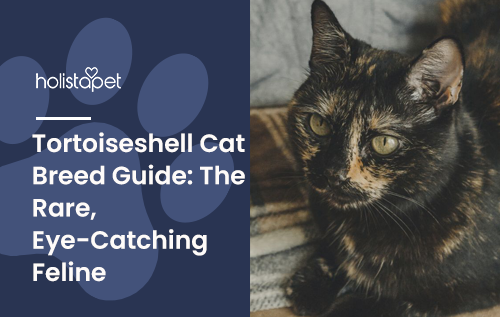
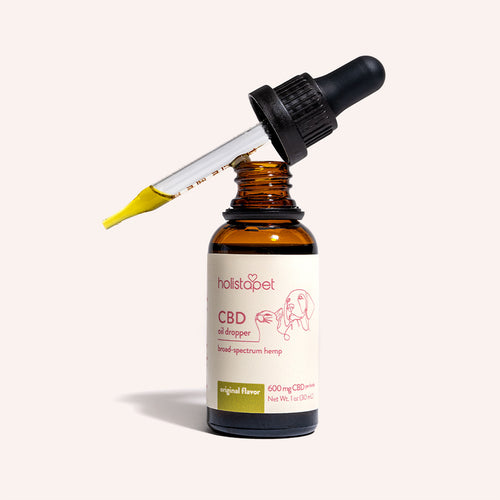 CBD Oil for Cats - Fast Acting
CBD Oil for Cats - Fast Acting
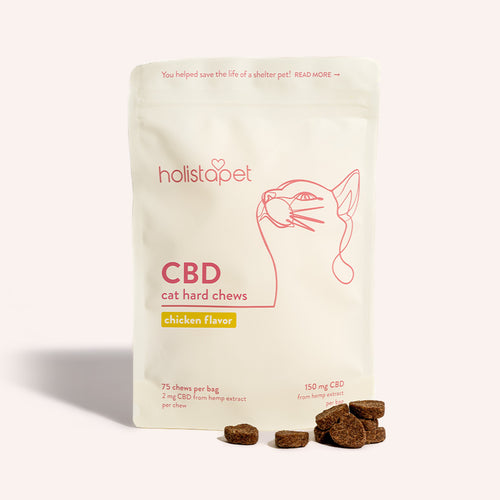 CBD Cat Treats - Easy Dose
CBD Cat Treats - Easy Dose
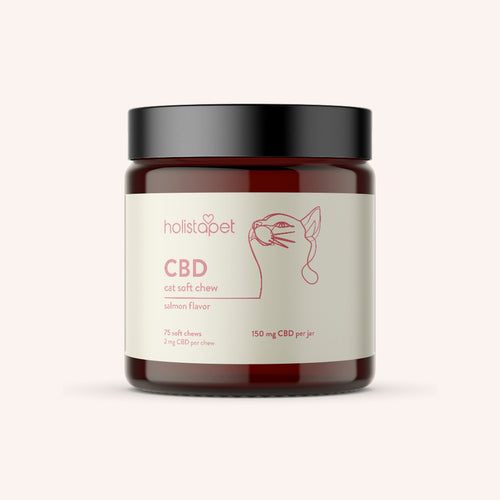 CBD Calming Chews for Cats - Highly Rated
CBD Calming Chews for Cats - Highly Rated
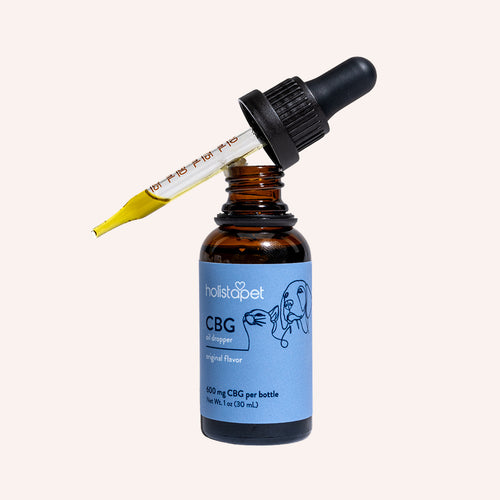 CBG Oil for Dogs and Cats - Loved by Thousands
CBG Oil for Dogs and Cats - Loved by Thousands


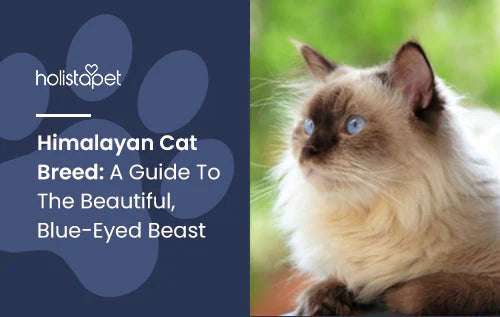
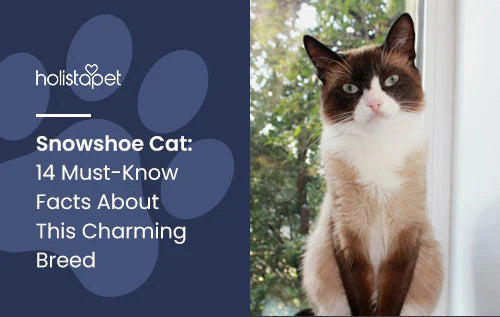

7 comments
Maureen A Hansen
I would like to adopt a Torti kitty my phone number is 860 919 0882
Maureen A Hansen
I would like a Torti kitty to adopt my phone number is 860 919 0882
John Cantrell
Wife found our baby tortie on the golf course purrfet kitty!
Connie
I adopt a tortoiseshell she’s so adorable she soo fluffy I love her
Barbara Mukasa
My black British short-hair has given birth to 4 beautiful tortoiseshell kittens. I want to sell two and keep two but I’m getting too attached to all of them. They really bring so much joy to me and my family
Leave a comment
All comments are moderated before being published.
This site is protected by hCaptcha and the hCaptcha Privacy Policy and Terms of Service apply.